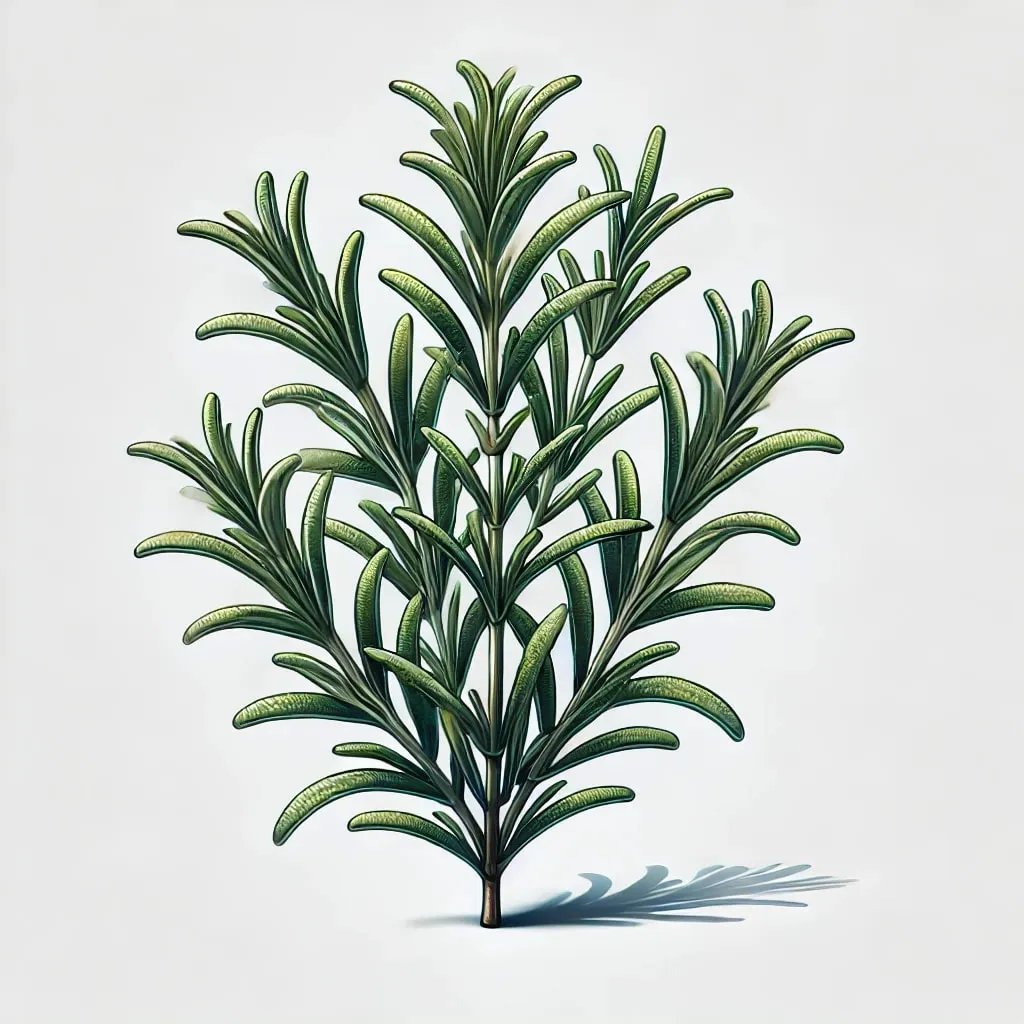
What is Melafill?
Melafill helps restore natural color to hypopigmented, lightened, or whitened skin.
Its formula is designed to return the skin to its original color before injury or melanin loss. It is rich in properties that stimulate melanogenesis, enhance circulation, and promote the migration of melanocytes to areas lacking functional melanocytes.
Restore and Embrace Your Natural Skin Color
What is Hypopigmentation?
Causes of Hypopigmentation


Role in Melanogenesis
- Melafill stimulates non-functioning melanocytes to resume melanin production, aiding in the creation of a more uniform skin tone.
- It promotes the migration of melanocytes to areas where these cells are absent, helping to fill gaps in pigmentation.
- This supports the process of melanogenesis, the creation of melanin (pigment), which gives skin its color.
Additional Benefits
- Melafill enhances blood circulation in the affected area and loosens scar tissue, which helps melanocytes move to regions with fewer cells.
- Its effectiveness depends on the presence of melanocytes, as it can activate damaged or inactive melanocytes, but may be less effective in areas lacking these cells entirely.
Powerful and Unique Formulation
Clinically Proven and Dermatologically Tested Ingredients

- Powerful antioxidant and anti-inflammatory.
- Effective for both hyper- and hypopigmentation skin conditions.
- Active components help balance skin tone.

- Known to stimulate melanin production in vitro.
- Forskolin induces epidermal melanization, promoting skin pigment creation.

- Contains rosmarinic acid, which activates melanogenesis.
- Helps enhance melanin production in the skin.
- Known to protect skin cells from damage.

- Babchi Bakuchi and Cholecalciferol promote and protect melanin production.
- MPAs work to maintain and encourage healthy pigmentation.

- SPEs improve the penetration and absorption of other ingredients.
- Restore the skin’s normal barrier function.
- Pursuits deeper action within the skin layers.

- Features high-quality ingredients free from harmful substances.
- Hypoallergenic balm, safe for topical use without fragrances, colors, or animal derivatives.
Zingiber Officinale
Ginger Root contains unique properties that make it an overall powerful component for balancing skin tone and treating skin discoloration. Its antioxidant properties have beneficial effects on both hypopigmentation and hyperpigmentation. It has been shown to regulate melanogenesis in cases where there is either decreased or increased melanin.
Topical application of ginger root has been demonstrated in several studies to aid in regulating pigmentation. Its antioxidant properties, along with its ability to enhance blood flow to areas of the skin, result in supporting the skin’s healing process as well as fading both lightened healthy and scarred skin areas.
Melafill contains the unique and powerful properties found in fresh Ginger Root, which are preserved throughout our formulating process.

Directions and Optimization
Treatment with Melafill can commence once the wound has completely closed. Melafill is suitable for use on healed, intact skin, including scarred regions, and areas around the mouth and eyes. It is also safe for skin that has healed from injuries caused by surgery, accidents, burns, or acne, provided the skin is intact.
First Time Usage
For safety, apply a small test amount of Melafill to gauge for any adverse reactions before proceeding with the full treatment.
Preparation for Optimal Results
To optimize the effects of Melafill, begin by thoroughly cleaning and sanitizing the skin. Proceed with a gentle exfoliation to remove dead skin cells, which helps in enhancing blood circulation and softening the tissue layers for better absorption of the product. Diminishing the skin’s barriers can facilitate melanocyte migration. After exfoliating, make sure to completely dry the skin. For an even greater boost in blood flow and to create pathways for melanocyte movement, consider microneedling on intact skin a couple of hours before application. This preparation routine can significantly enhance the performance of Melafill in achieving a more uniform skin tone.
Application
Apply the balm at least twice daily, persisting with this routine until desired results are achieved. Begin massaging the balm into the center of the lightened area and gradually spread it outward. Gently rub the balm in small circular motions until it entirely covers the treatment area. Consistent application is key to improving and balancing skin tone.
Post Application
After approximately 2–3 weeks of treatment with Melafill, applying targeted UV light or controlled tanning to the treated area can enhance melanogenesis in the newly activated or migrated melanocytes. This approach signals these cells to ramp up melanin production, leading to the gradual restoration of pigmentation.
Caution
For external use only. Do not apply to open wounds. Avoid contact with eyes and mouth. Keep out of reach of children. Keep tightly closed. Store in a cool dry place.

